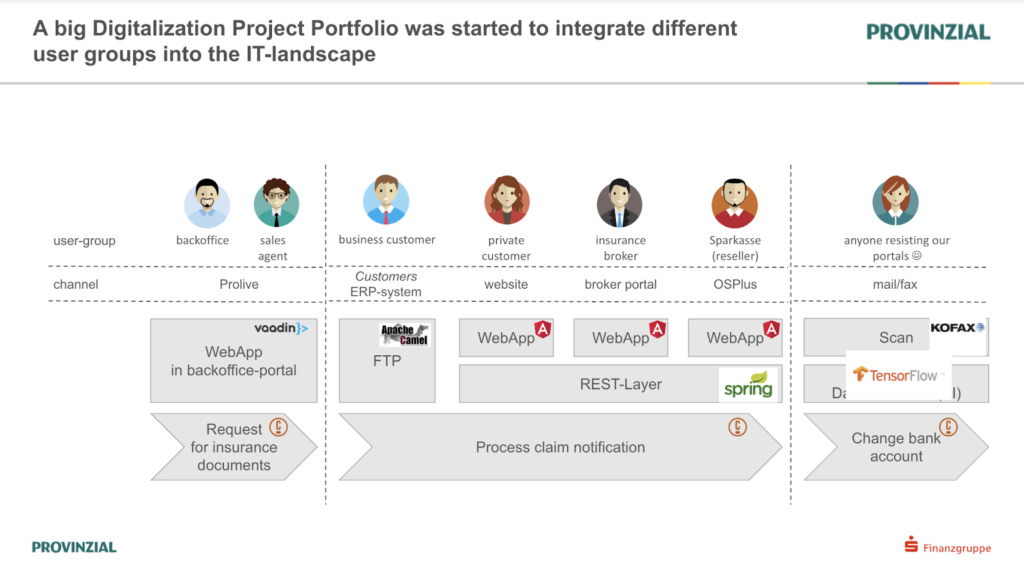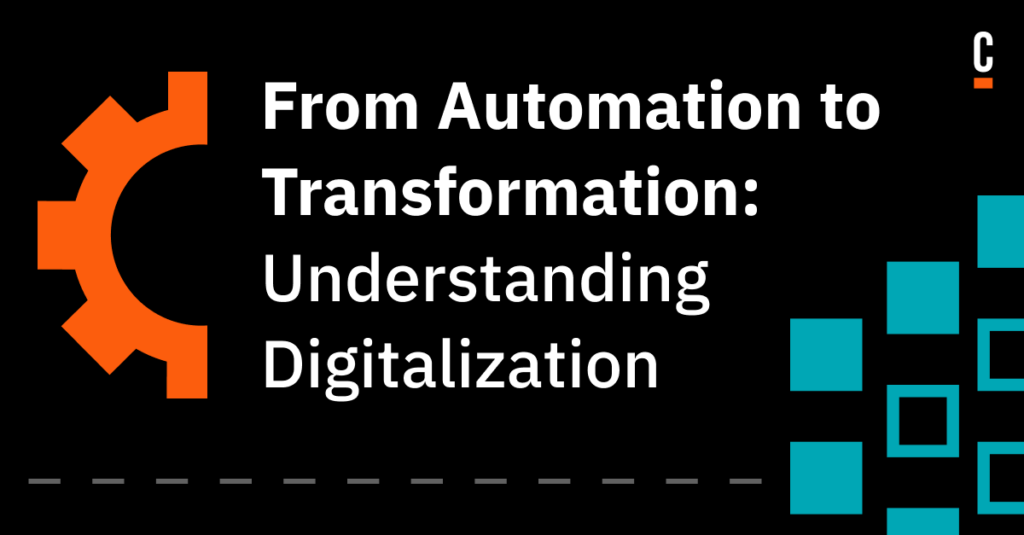From the Jacquard loom in the mid-eighteenth century to the robots on modern assembly lines, automation has always focused on removing humans from some process to increase speed, accuracy, and quality, thus improving the bottom line.
This ‘removing humans’ context for automation makes sense in the manufacturing world but has never translated to the world of knowledge work—at least not as well as we might have hoped.
Over the years, there have been technologies like Robotic Process Automation (RPA) that remove human tasks from simple processes involving data entry and the like. While RPA can certainly save an organization money, it has largely fallen short of its more strategic process transformation goals.
Process transformation is, in fact, the singular challenge facing enterprises today as they seek to leverage automation to improve the bottom line. Instead of focusing on eliminating people from processes, however, process transformation changes the way people work.
We call such change digitalization: the transformation of the processes and roles that make up the operations of an organization. Only via digitalization can an organization achieve the full benefits of automation – and by extension, the comprehensive change in the business itself we call digital transformation.
From process orchestration to digitalization
Rather than beginning with the simple task automation of RPA, process transformation should begin with process orchestration. According to Camunda:
Process orchestration coordinates the various moving parts (or endpoints) of a business process, and sometimes even ties multiple processes together. Process orchestration helps you work with the people, systems, and devices you already have – while achieving even the most ambitious goals around end-to-end process automation.
In other words, process orchestration focuses on coordinating people, systems, and devices rather than attempting to replace human steps in processes. As a result, process orchestration provides better visibility and control over end-to-end workflows than task automation can.
Process transformation, in turn, typically requires changes across many different processes, thus impacting many people within the organization. The best way to tackle such challenges is one step at a time.
German insurance company Provinzial Nordwest took their first steps toward process transformation in 2014, when it brought in the Camunda Platform to automate its ‘request for insurance documents’ process as a proof of concept.
This proof of concept quickly brought the consideration of changing roles into focus, as clerks had to approach and complete the ‘request for documents’ process differently than they had in the past. In other words, this simple automation exercise led to a clear requirement for digitalization, as it promised to transform both processes and roles within the organization.
Expanding digitalization across the organization
After the success of the ‘document request process’ automation, Provinzial expanded its digitalization efforts to more complicated processes like managing car windshield claims – processes that involved different teams within and outside the organization as well as a greater variety of both internal and external systems.
Process orchestration again proved vital, as the coordination of people, processes, and systems formed the crux of the project. The diagram below shows the numerous personas, interaction channels, and systems Provinzial incorporated into the ‘car windshield claim’ digitalization project portfolio.

Digitalization Project Portfolio (source: Provinzial Nordwest)
As the Provinzial digitalization team progressed with this project portfolio, the team worked with various business stakeholders, not only to gather requirements, but to also include them in the process transformation efforts themselves.
In other words, business stakeholders actively worked with process analysts to improve the respective processes as the process orchestration efforts proceeded. This collaborative, iterative approach to process improvement, in fact, proved to be the most important component of the digitalization effort.
Continuous improvement links digitalization with digital transformation
Some organizations might have ceased their process transformation efforts once they had fully digitalized targeted processes – but Provinzial didn’t stop there.
Instead, the company decided to scale up its process orchestration efforts leveraging Camunda. The increasing number of automated processes led to a clustering of processes by business criteria, which in turn fostered increasingly autonomous work across Provinzial’s business units.
Today, Provinzial’s goal is continuous improvement. Process transformation is never complete, as customer requirements evolve, regulations change, and the organization increases its expertise over time.
The Intellyx Take
An organization like Provinzial might have simply undertaken a series of digitalization projects. Digital transformation, in contrast, is more of a change in strategy than a series of projects.
Instead, this broader term refers to customer-driven strategic business transformation that requires cross-cutting organizational change as well as implementation of digital technologies.
Digital transformation initiatives typically include several digitalization projects that together change the way an organization works with its customers, partners, and employees.
Without continuous improvement, however, an organization may simply implement several projects, rather than transform its overall strategy.
When an organization is willing to rework already digitalized processes to improve the customer experience (and with it, the bottom line), it can say it has successfully digitally transformed itself.
Copyright © Intellyx LLC. Camunda is an Intellyx customer. None of the other organizations mentioned in this article is an Intellyx customer. Intellyx retains final editorial control of this article. No AI was used to write this article.


Start the discussion at forum.camunda.io